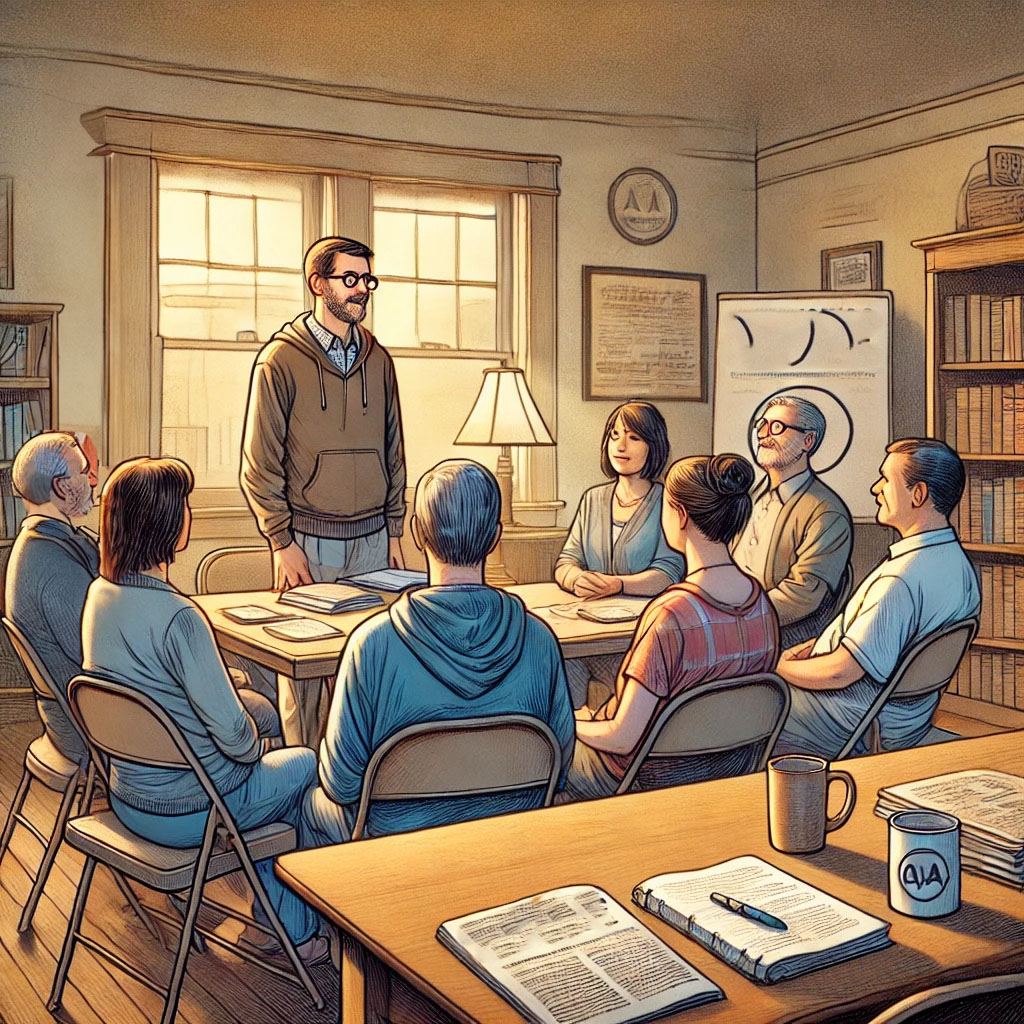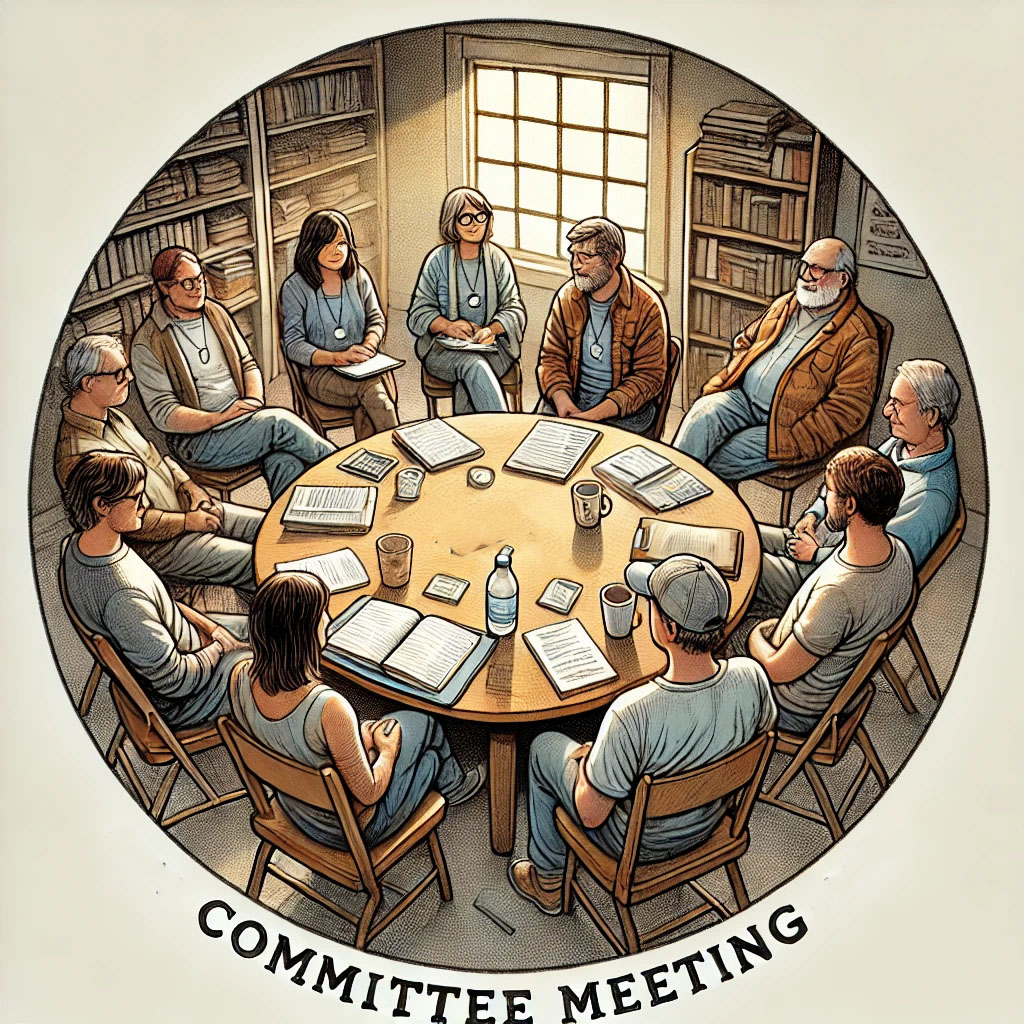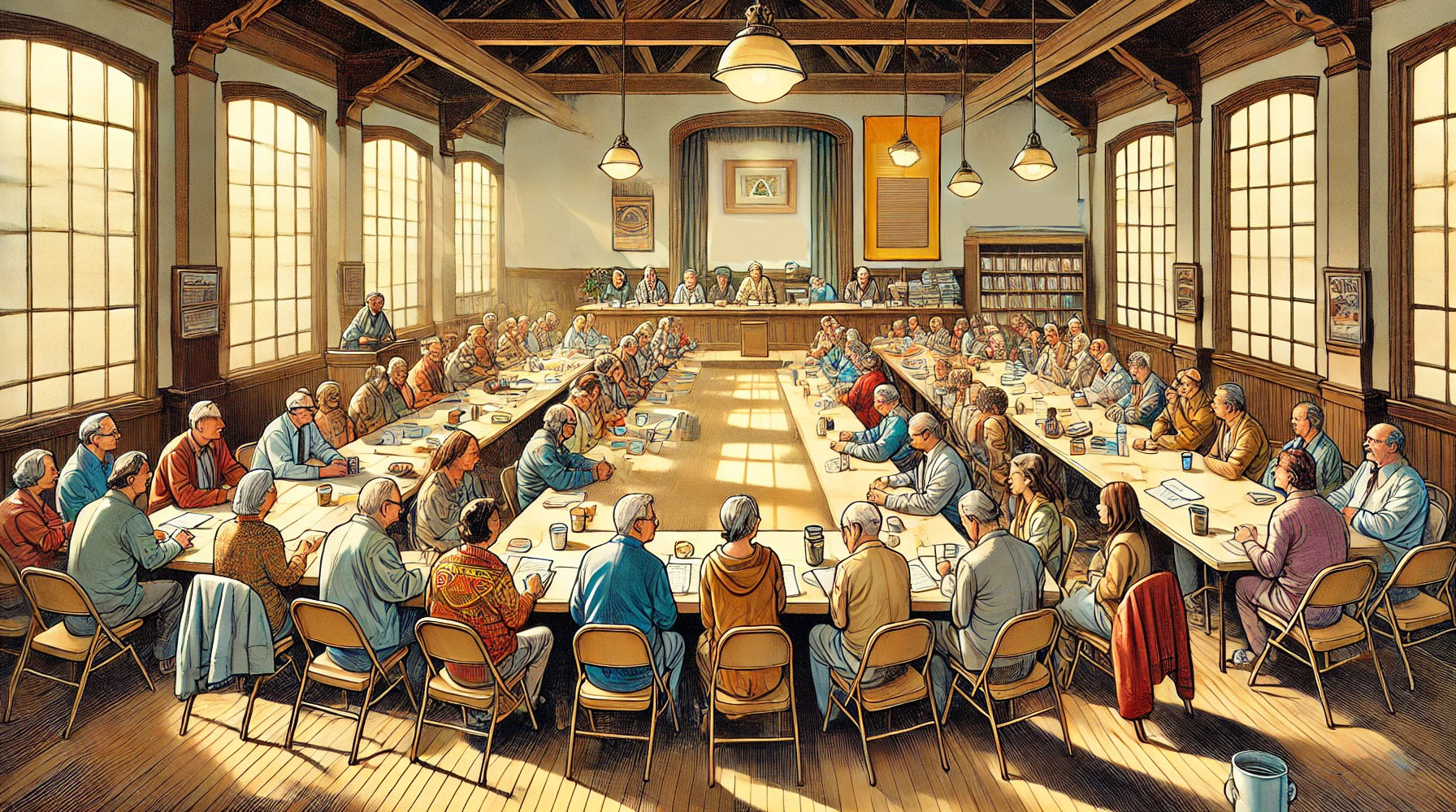New To Service At An Area Assembly?
Service at the Area level in Alcoholics Anonymous (AA) is an extension of the fellowship’s commitment to carrying the message of recovery to all who need it. Each Area represents a collection of districts, bringing together groups from a wider geographical region. The primary role of the Area is to act as a bridge between the local AA groups and the broader General Service Office (GSO), ensuring that each group’s voice is heard and considered in decisions affecting AA as a whole. Area service involves electing trusted servants, such as Delegates and Area Committee Members, who represent their districts at assemblies and conferences, contribute to discussions, and vote on matters that impact the fellowship on a national and global scale. This ensures that the collective conscience of AA groups is reflected in its policies and literature.
For a newcomer, Area service may seem like a more formal part of AA, but its purpose is rooted in the same principles as any meeting: helping others and maintaining unity. The Area organizes workshops, service events, and assemblies to address challenges faced by groups, such as reaching remote members, supporting treatment facility meetings, or ensuring literature availability. These efforts make sure that every alcoholic has access to the AA message, no matter where they are. By participating in Area service, members contribute to the shared goal of spreading recovery while learning valuable lessons in collaboration, patience, and humility. It’s a way to grow personally and spiritually while strengthening AA’s ability to help others.
What Does A GSR Do?
A General Service Representative (GSR) serves as the vital link between their home group and the larger Alcoholics Anonymous (AA) service structure. At the Area level, the GSR’s role is to represent their group’s conscience and share its thoughts, concerns, and votes on issues affecting AA as a whole. GSRs attend Area Assemblies, where they discuss proposals, policies, and projects aimed at carrying AA’s message more effectively. They listen to reports from trusted servants, such as Area Officers and Delegates, and participate in voting on matters like literature changes, public outreach strategies, and conference agenda items.
For a newcomer, it’s important to know that a GSR is not a leader but a trusted servant who speaks for their group. By attending Area meetings, the GSR ensures that their group’s voice is heard in decisions that shape AA’s future. After these assemblies, the GSR brings back information to their home group, keeping members informed about what’s happening in the broader AA community and encouraging their involvement. In this way, the GSR helps strengthen unity within AA and ensures the fellowship stays focused on its primary purpose: helping alcoholics achieve sobriety.

What Does A DCM Do?
A District Committee Member (DCM) serves as the link between the General Service Representatives (GSRs) in their district and the Area Assembly. At the Area level, the DCM represents the collective voice of their district, bringing forward the concerns, questions, and input from the GSRs in their district to the Area Assemblies and meetings. They participate in discussions, help shape decisions, and vote on matters that impact AA as a whole, such as public outreach efforts, literature development, or policies for carrying the message more effectively.
For a newcomer, think of the DCM as a support person for the GSRs in their district. The DCM helps GSRs understand their role, ensures they are informed about Area activities, and provides guidance on how to bring their group’s voice into the broader AA service structure. At the Area level, the DCM shares updates from their district, works collaboratively with other DCMs and trusted servants, and ensures the district remains connected to AA’s broader mission. In short, the DCM is a vital part of the service structure, working to support groups, GSRs, and the fellowship as a whole.
What Does A Standing Committee Chair Do?
A Standing Committee Chair in Alcoholics Anonymous (AA) is responsible for overseeing a specific area of service at the district or Area level, such as Public Information, Corrections, Treatment, or Archives. Their primary role is to guide the work of their committee in fulfilling AA’s mission to carry the message of recovery to alcoholics who still suffer, often focusing on a specific audience or method of outreach. For example, a Corrections Committee Chair may work to bring AA meetings into jails and prisons, while a Public Information Chair might focus on informing the public and professionals about what AA is and how it can help.
For a newcomer, it’s helpful to think of a Standing Committee Chair as someone who ensures that important service work in their area is well-organized and effective. They often collaborate with General Service Representatives (GSRs), District Committee Members (DCMs), and other trusted servants to plan events, distribute resources, and address needs in their focus area. They also attend Area meetings and report on their committee’s activities, sharing updates and gathering input to ensure their work aligns with AA’s principles and the needs of the fellowship. By taking on this role, a Standing Committee Chair helps AA reach more people while encouraging others to get involved in service.


